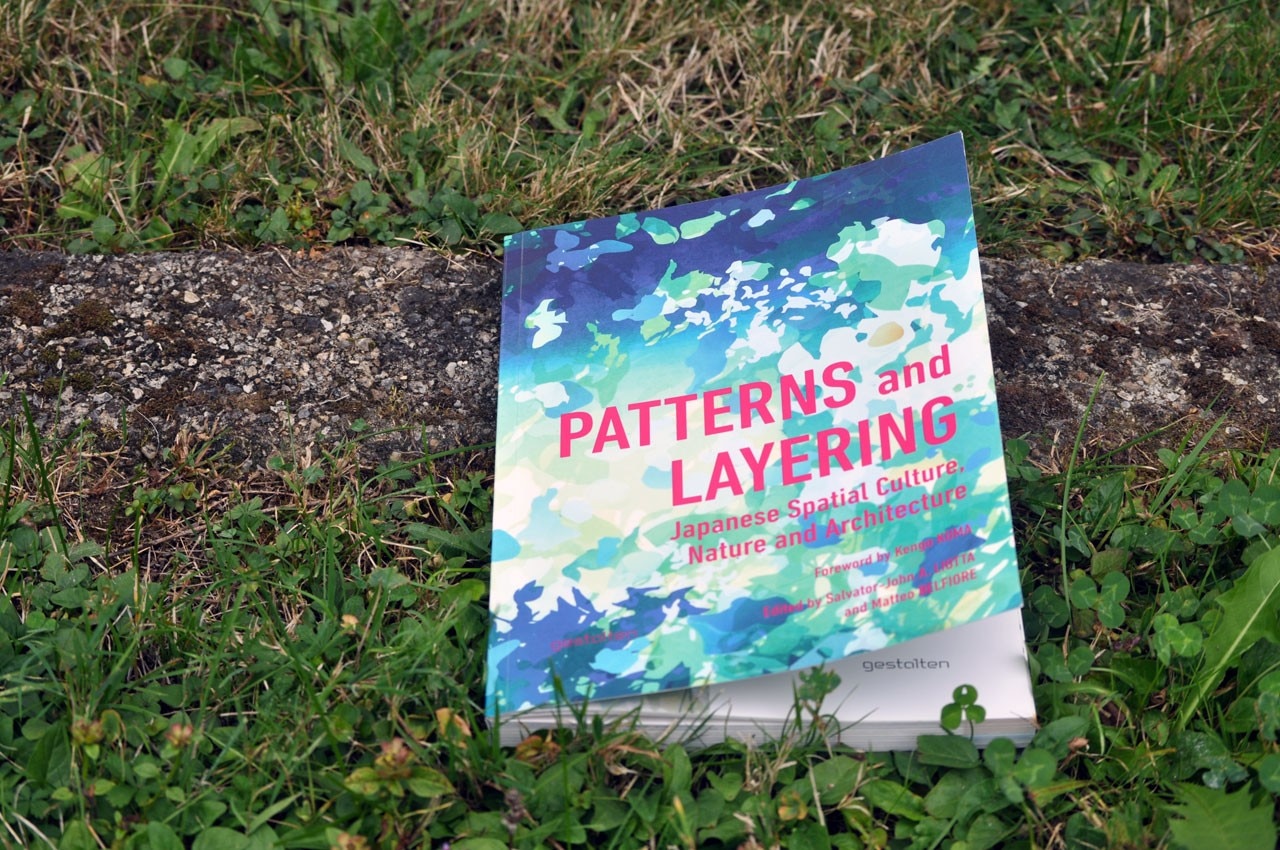This work brings together for the first time patterns and layering – an ancestral Japanese technique of space articulation – integrated in a unique structural concept.
Not only does the book explore a background of historical context, it also presents cutting edge experiments held under the supervision of professors Kengo Kuma and Yusuke Obuchi.
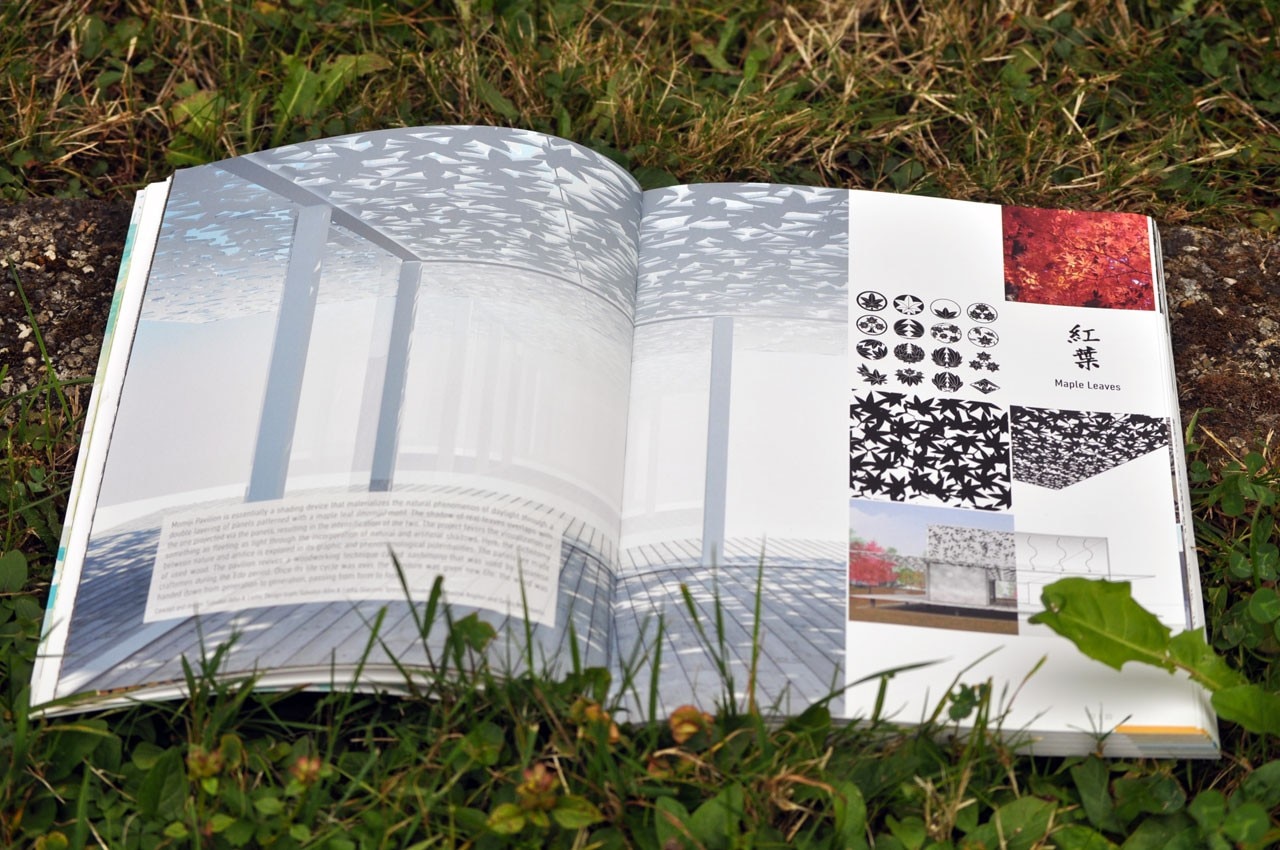
The underlying thesis is that the rediscovery of traditional patterns and layering tools is “a way to meet the needs of a profoundly changing society and is capable to unveil new horizons in terms of sustainability”, as stated by the authors. In Japan, changes happen through inclusivity and continuity between the past and the future. Thus, Japan can provide the necessary tools to inform the uncertain future.
Recurrent natural catastrophes such as the ones Japan as been exposed to, often prove the weakness of contemporary architecture when faced with the power of natural elements – the March 11th 2011 earthquake is yet to be the most recent one. Liotta and Belfiore tell us that spatial layering and patterns are extraordinary tools to create buildings that are able to coexist in harmony with nature, people and culture. They tell us/urge us that it is time for the architecture world to move forward.
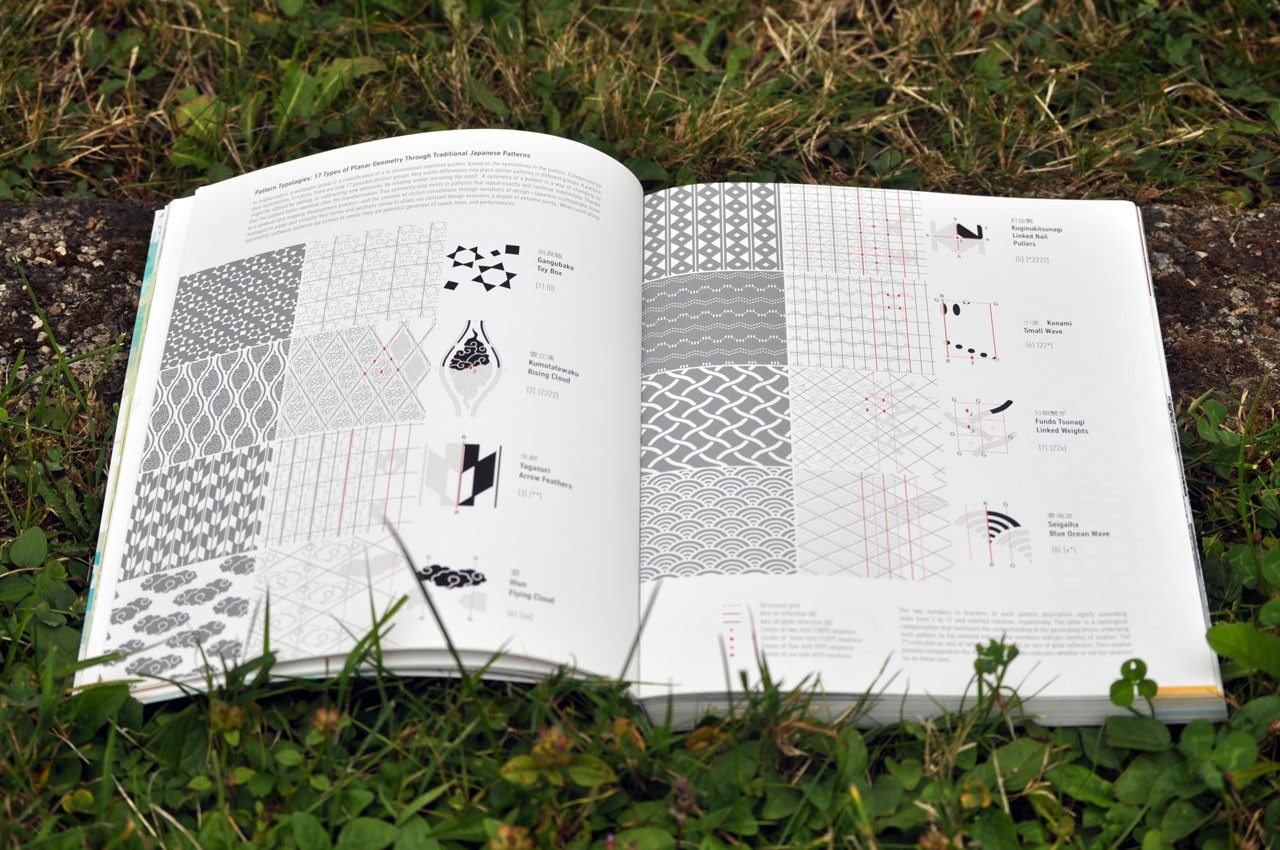
Cleverly structured, the book’s narrative unfolds in three acts: the opening act presents the work of Salvator-John A. Liotta where traditional Japanese patterns emerge as organically architectural structuring elements, informed by generative design.
Given its distinct and broad qualities such as malleability, adaptability and repeatability, patterns are depicted as being able to produce structural, aesthetic or energetic performances. Liotta makes the first attempt in linking patterns with layering techniques, exemplified in the different case studies and analysis, using architecture as a smart device to subtly connect nature, culture and society. Here, aspects of Japanese spatial culture are interpreted in a contemporary digital way through a design process that sensibly regards tradition, only to generate architectural solutions inline with the impending quest for a greater awareness of nature – “a new formulation of the intangible”.
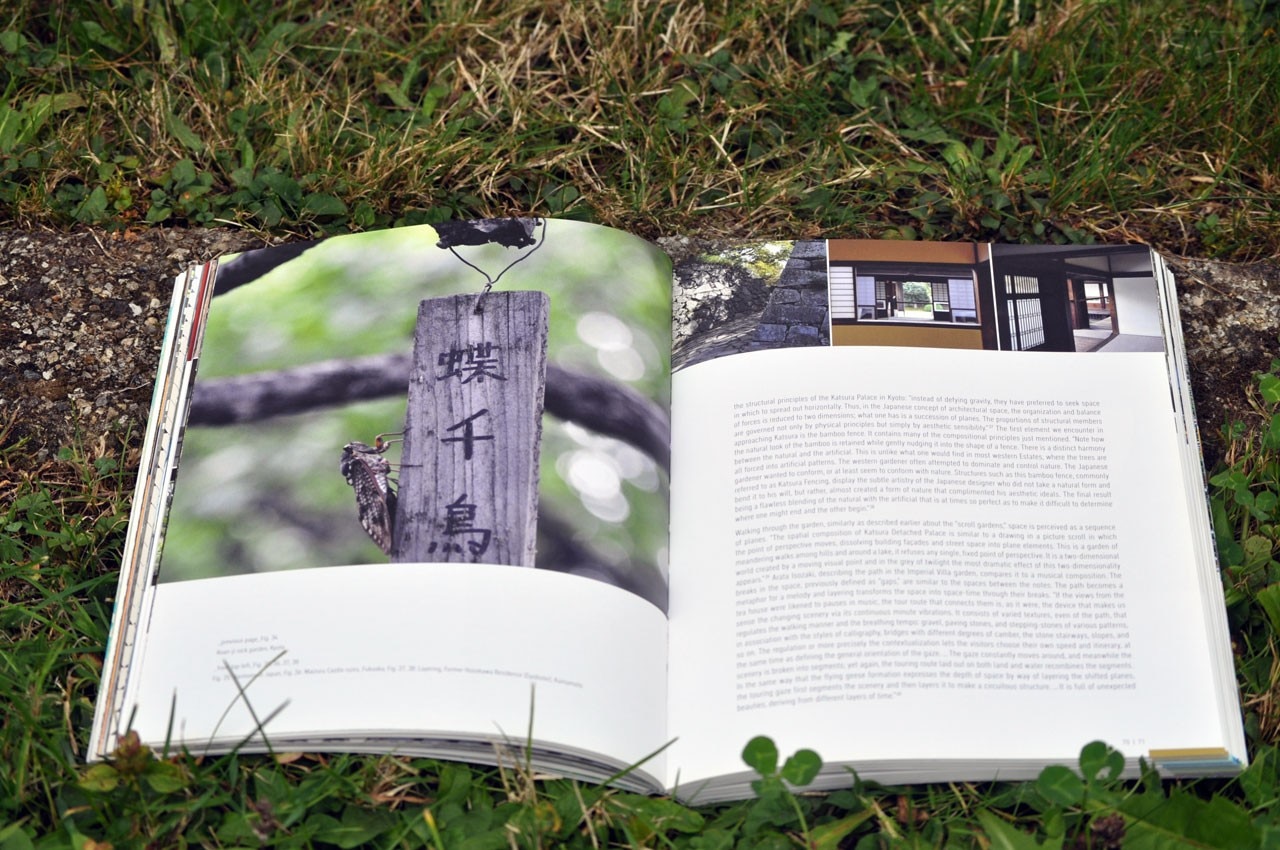
Mateo Belfiore’s critic essay leads the second act. Here, spatial layering is examined as a prolific tool for the creation of intermediate spaces and presented in its relevancy towards contemporary production of space and architectural research. A well-known technique already recognized by Frank Lloyd Wright and Mies van der Rohe.
Belfiore embarks on a time travel, grasping the main Japanese spatial concepts – like oku (depth) or ma (space-time)- and spatial devices that introduce different levels of functional performances like transparency and permeability – like the shoji (slidding paper doors) or sudare (rolling bamboo blinds) – informing traditional architecture. He then moves on to show how current technologies have the potential to extract the teachings out of tradition in order to propose new forms- the metabolizing of traditional spatial concepts.
The narrative culminates into an exciting catharsis of projects, research works and competitions held at Kuma lab and Obuchi lab. A final act, divided in two parts inextricably linked to each other.
The first part presents the research body of work that unfolds from distinct contributions of the PHD candidates from Kuma lab on patterns and layering, spanning from the concept of ‘eccentricity‘ in Japanese patterns (a consolidator feature of the Japanese identity) pointed out by Rafael Balboa and Ilze Paklone to a concise analysis of the history and social factors of patterns by Ling Zhang.
We travel from an account on the introduction of Chinese patterns in Japan by Yao Chen, to a study of patterns in vernacular architecture by Catarina Vitorino. We stroll through the analysis on distance (physical and psychological) in Kuma’s Bato Hiroshigue ukiyo-e museum, by Bojan Konkarevic, and then we move on to Federico Scaroni’s exploration of intermediate space as introduced by Ukiyo-e. Later on, Robert Baum refers the fundamental concepts of light and shadow and the intriguing permeable boundaries in the East.
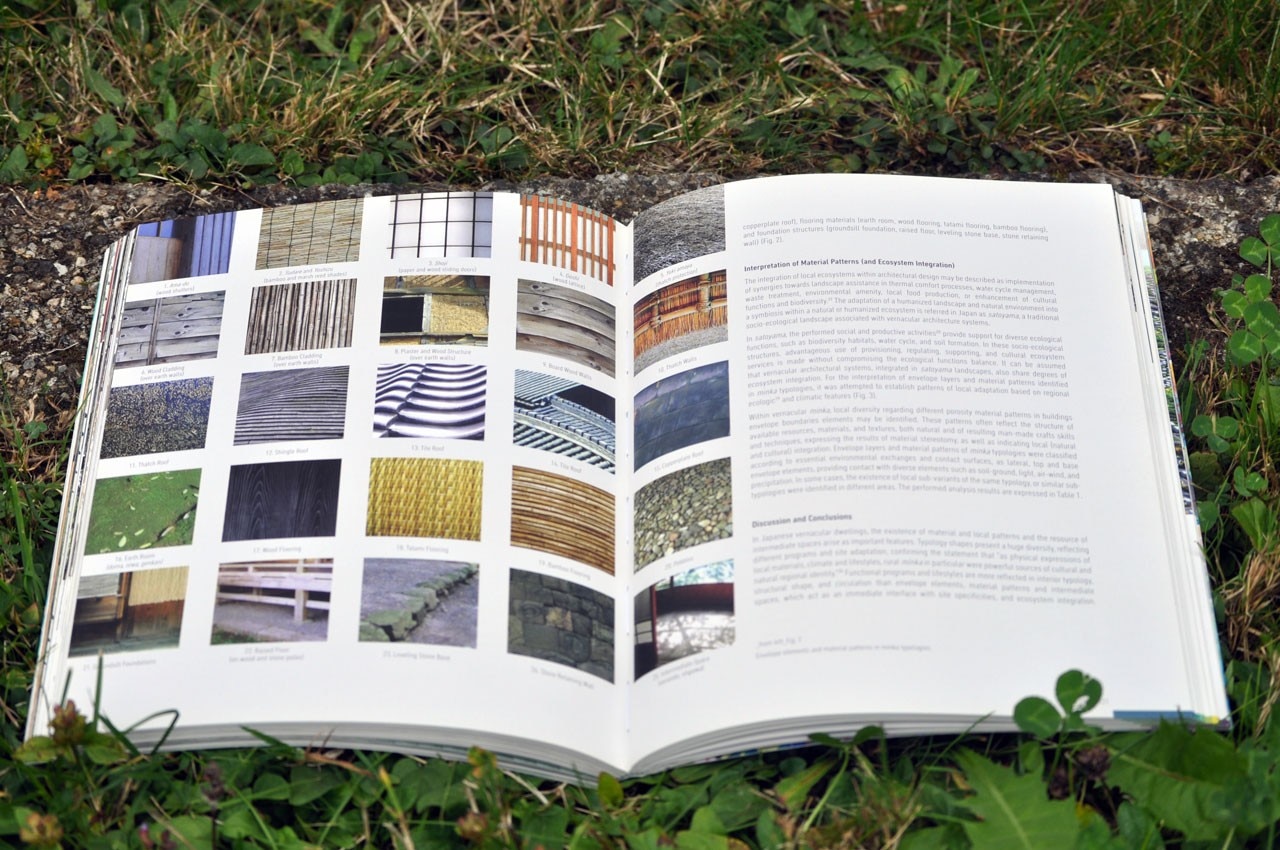
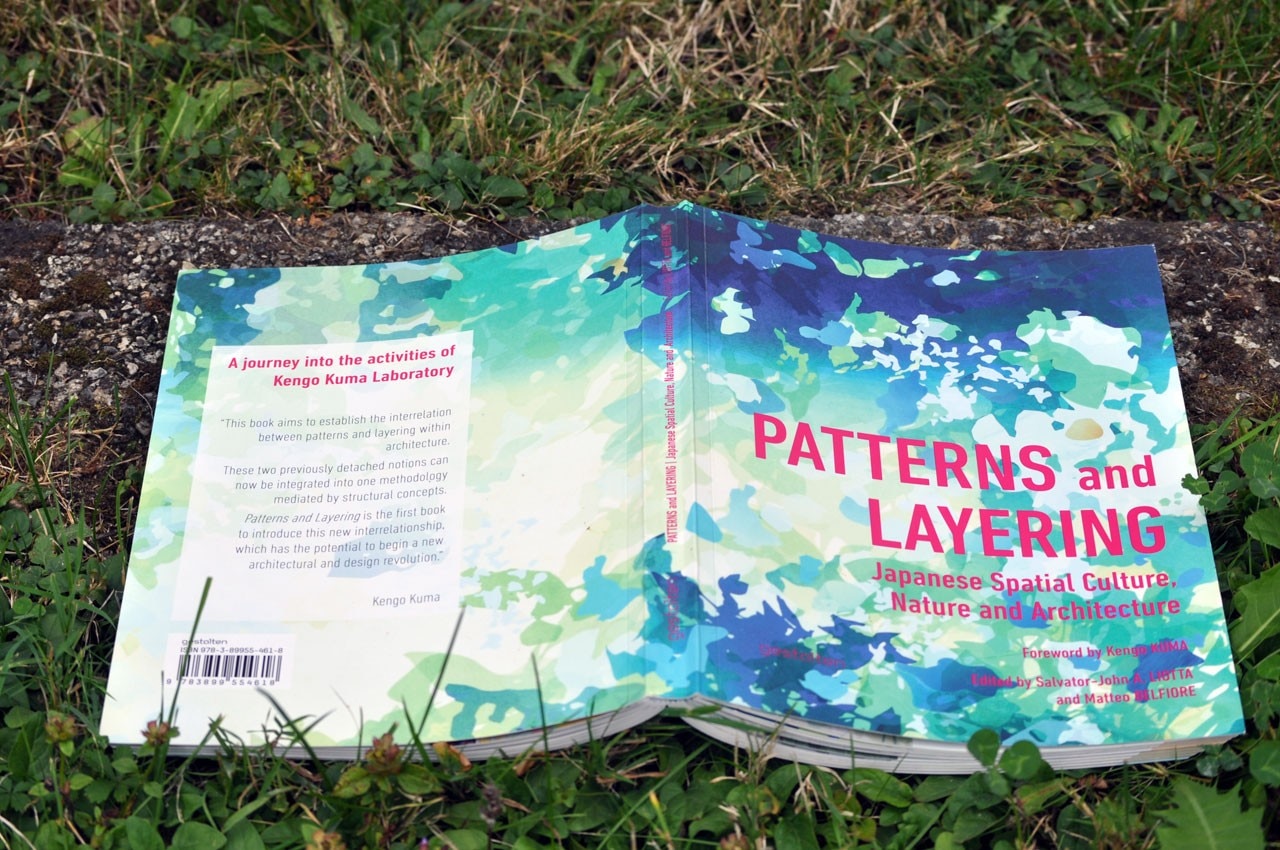
Patterns and Layering goes beyond any academic architectural book. In a time where all models have been experimented, a return to nature, learning from Japanese tradition, is a prolific path to shape an architecture in symbiosis with our times.
An enthusing reading and groundbreaking study providing countless resources capable of – yes – initiating a new design and architectural revolution.


